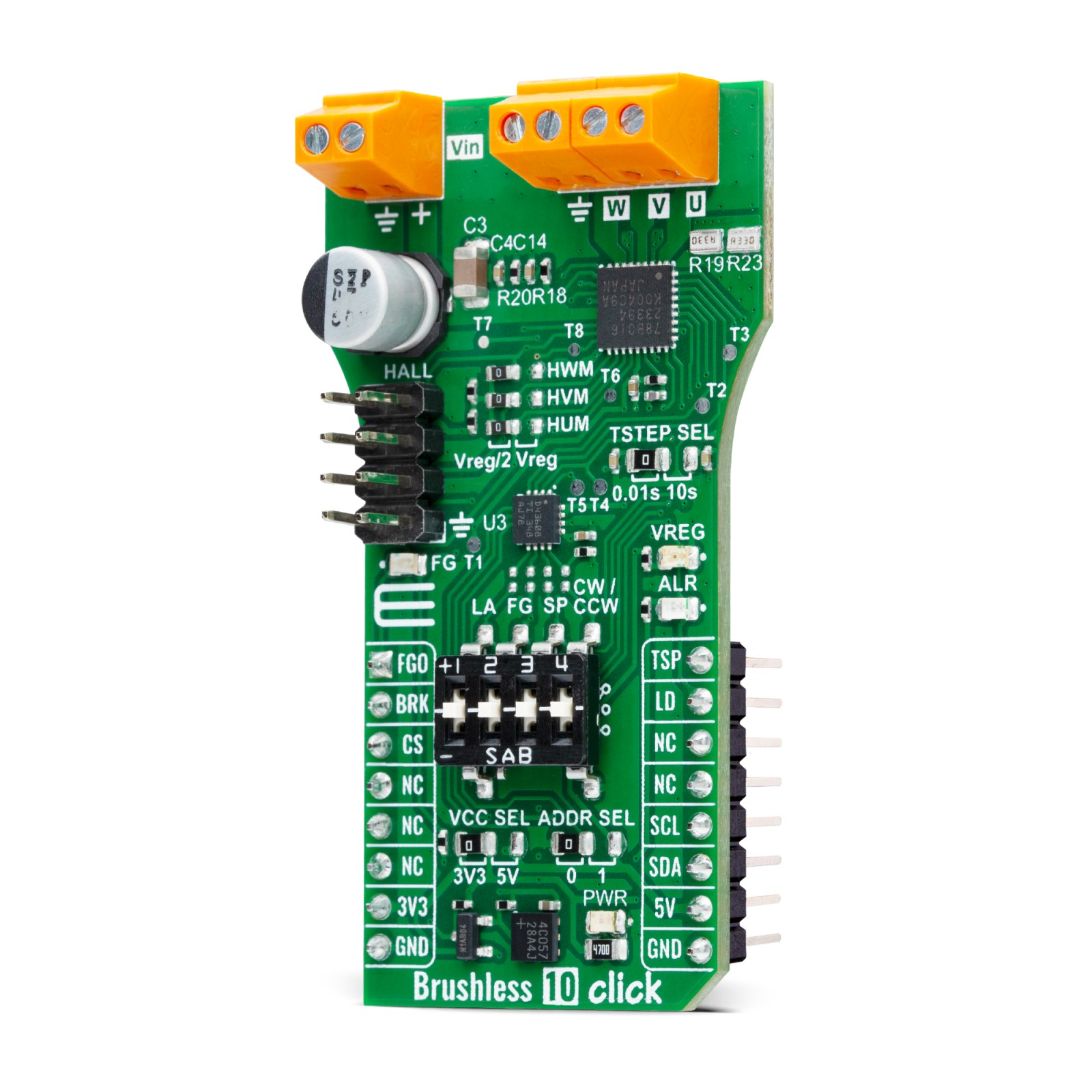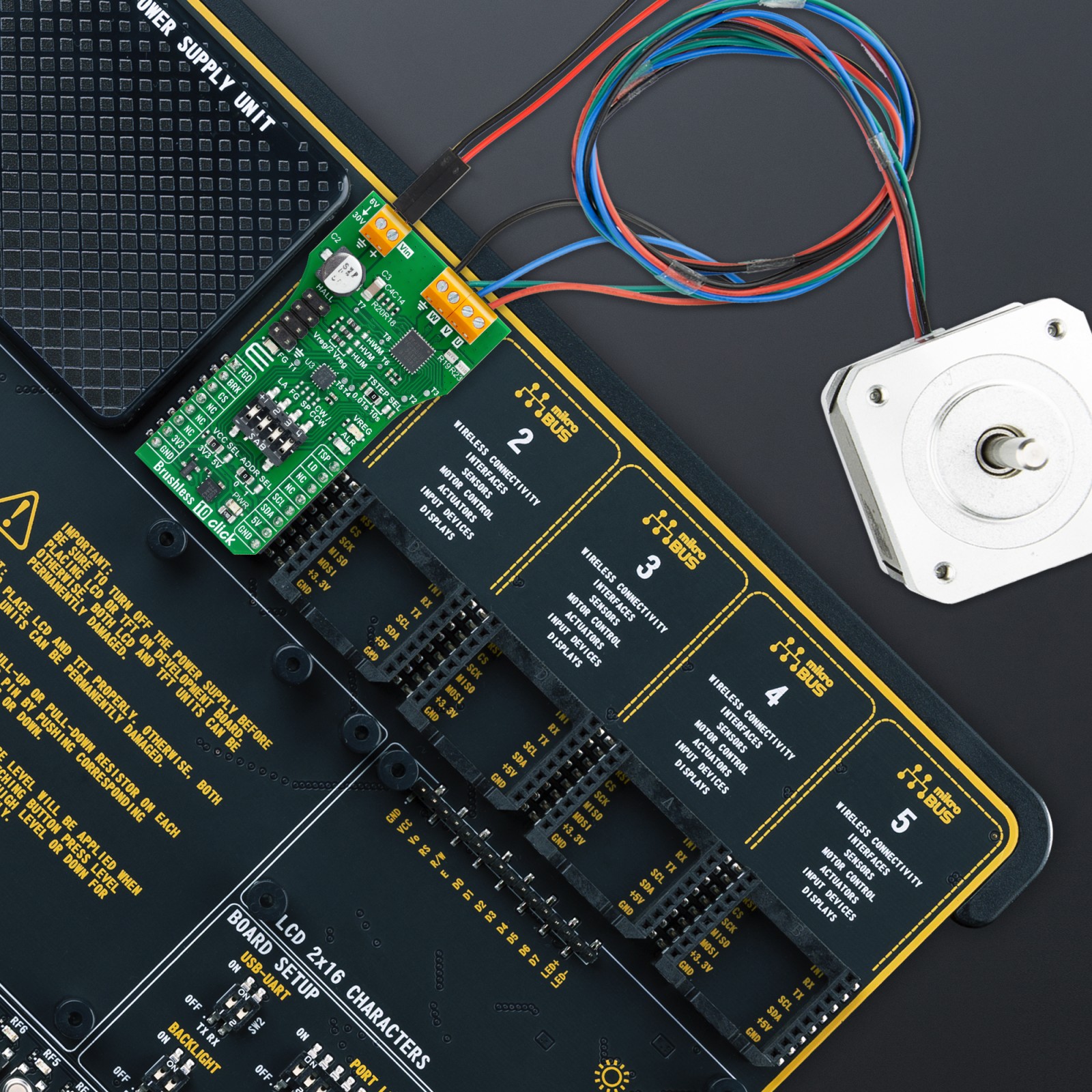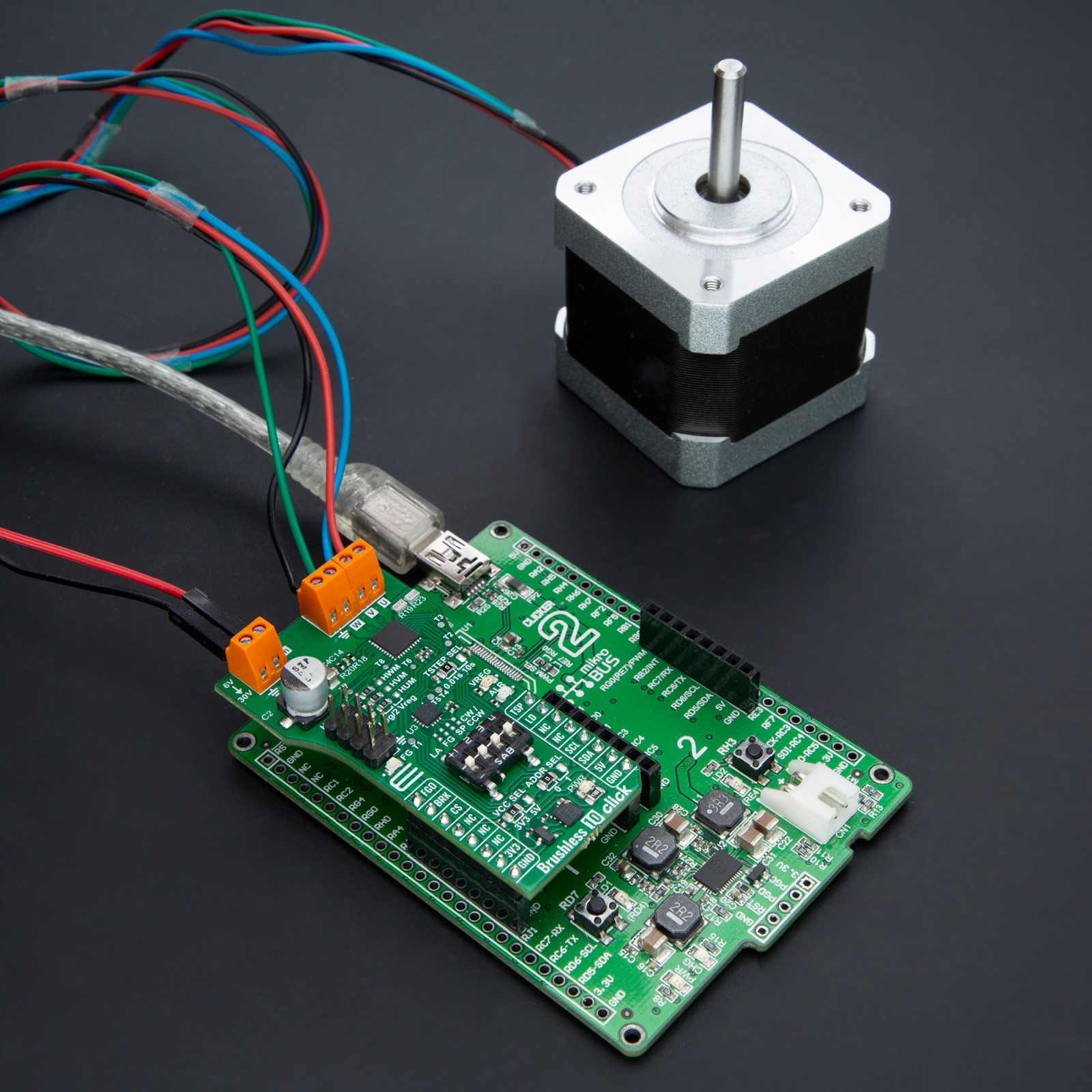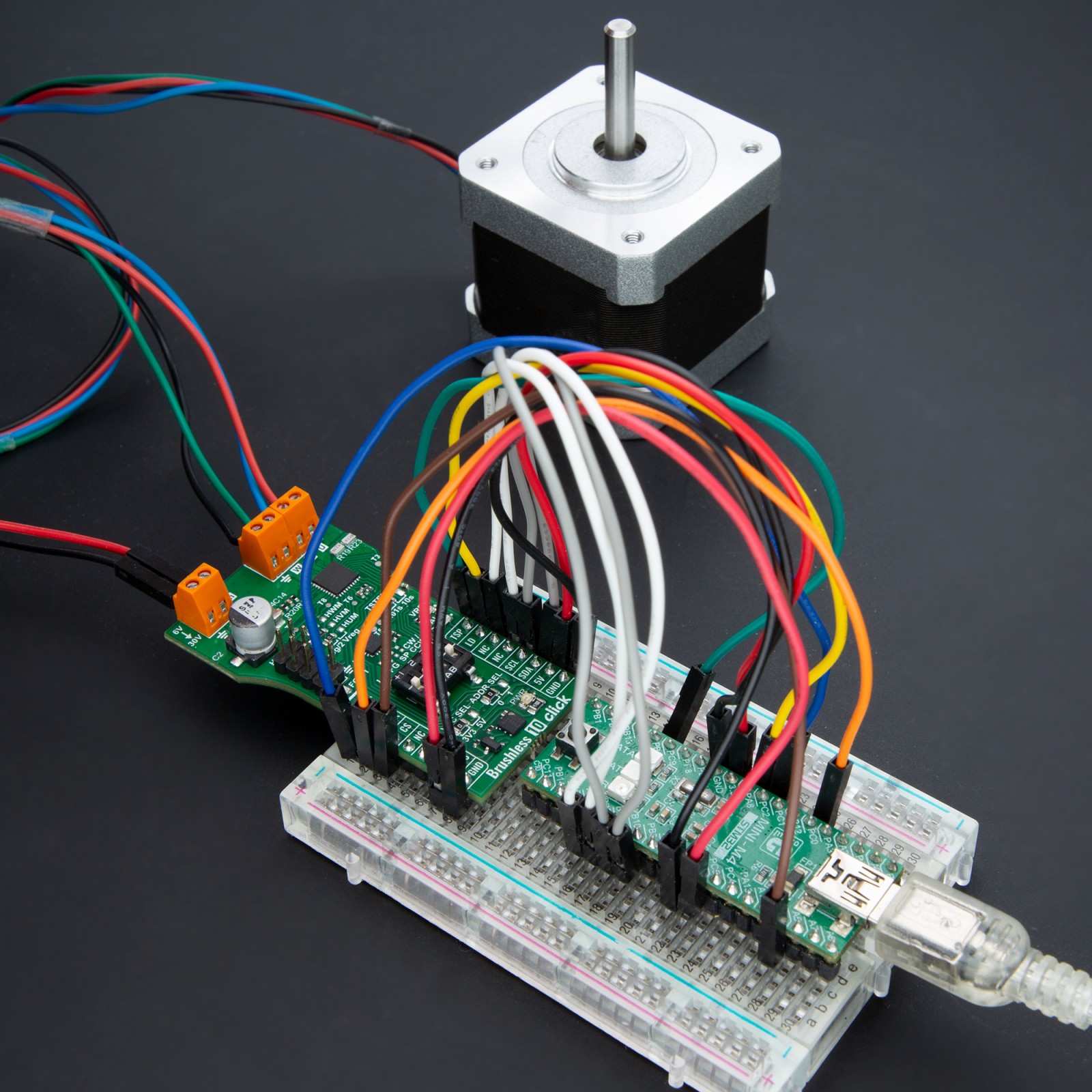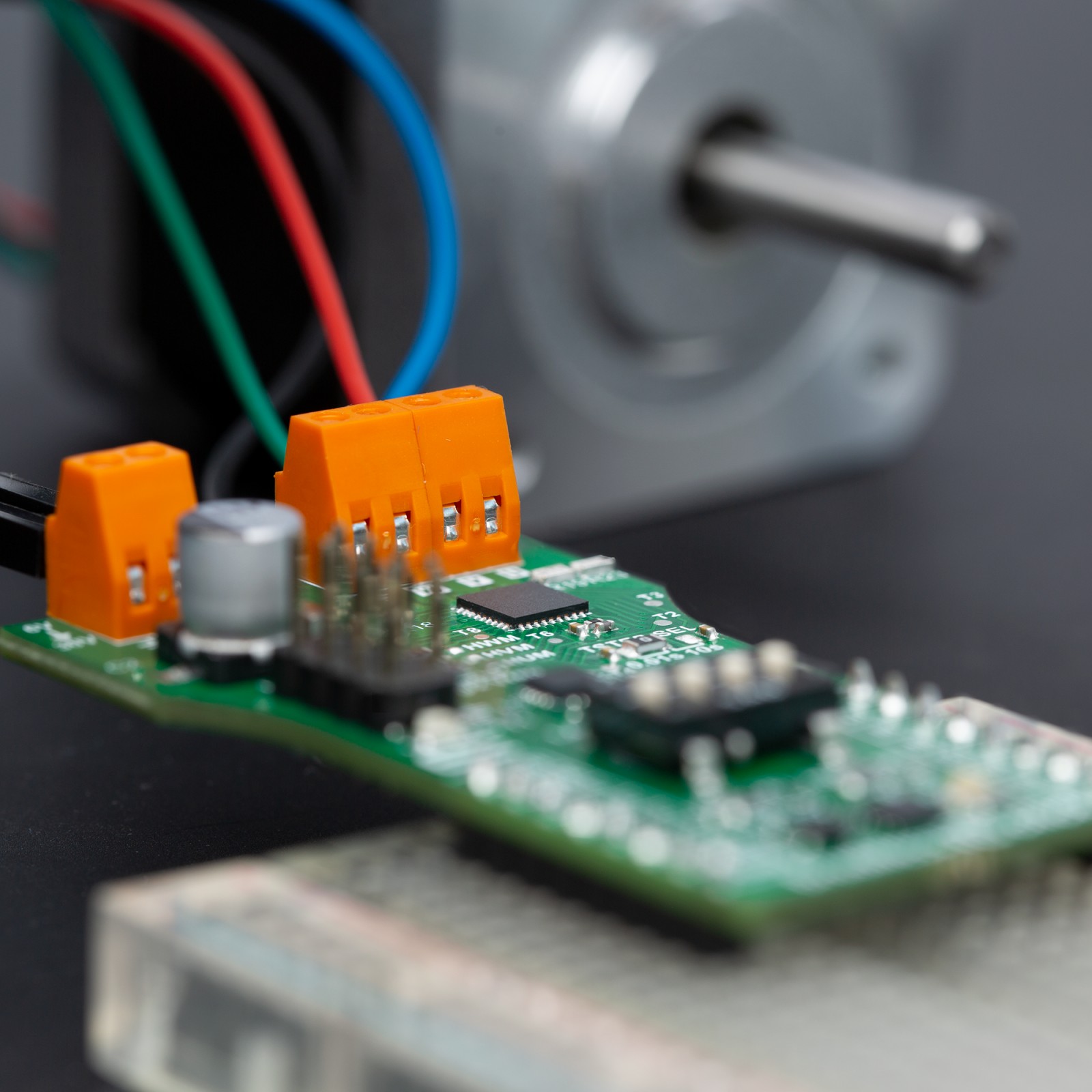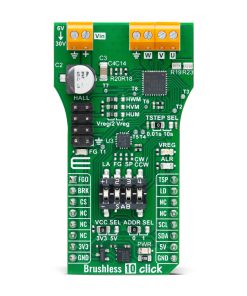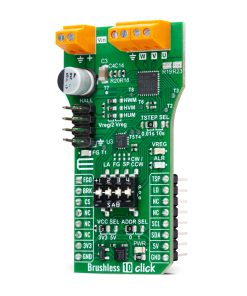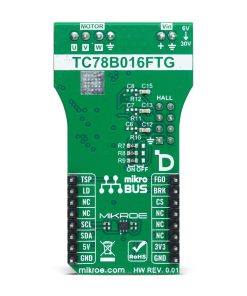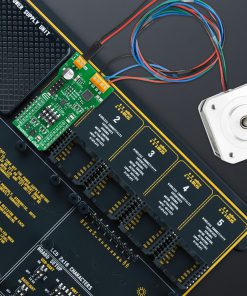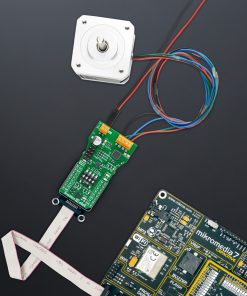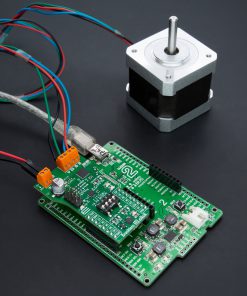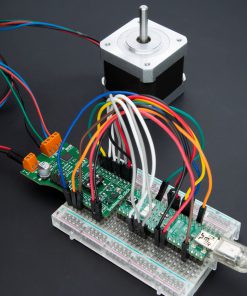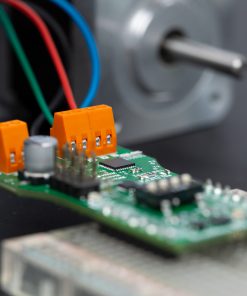-
×
 DAC Click
1 ×
DAC Click
1 × R410.00R369.00 -
×
 ccRF2 Click
1 ×
ccRF2 Click
1 × R800.00R720.00 -
×
 tRF Click
3 ×
tRF Click
3 × R1,050.00R945.00 -
×
 BEE Click
1 ×
BEE Click
1 × R800.00R720.00 -
×
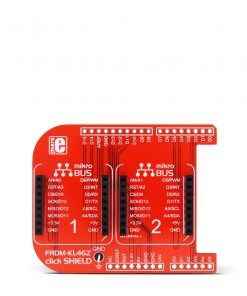 FRDM KL46 click shield
1 ×
FRDM KL46 click shield
1 × R170.00R153.00 -
×
 GPS Click
1 ×
GPS Click
1 × R1,050.00R945.00 -
×
 LTE IoT 10 Click
1 ×
LTE IoT 10 Click
1 × R1,700.00R1,530.00 -
×
 GSM-GPS Click
1 ×
GSM-GPS Click
1 × R1,350.00R1,215.00 -
×
 microSD Click
1 ×
microSD Click
1 × R355.00R319.50
Subtotal: R8,842.00


